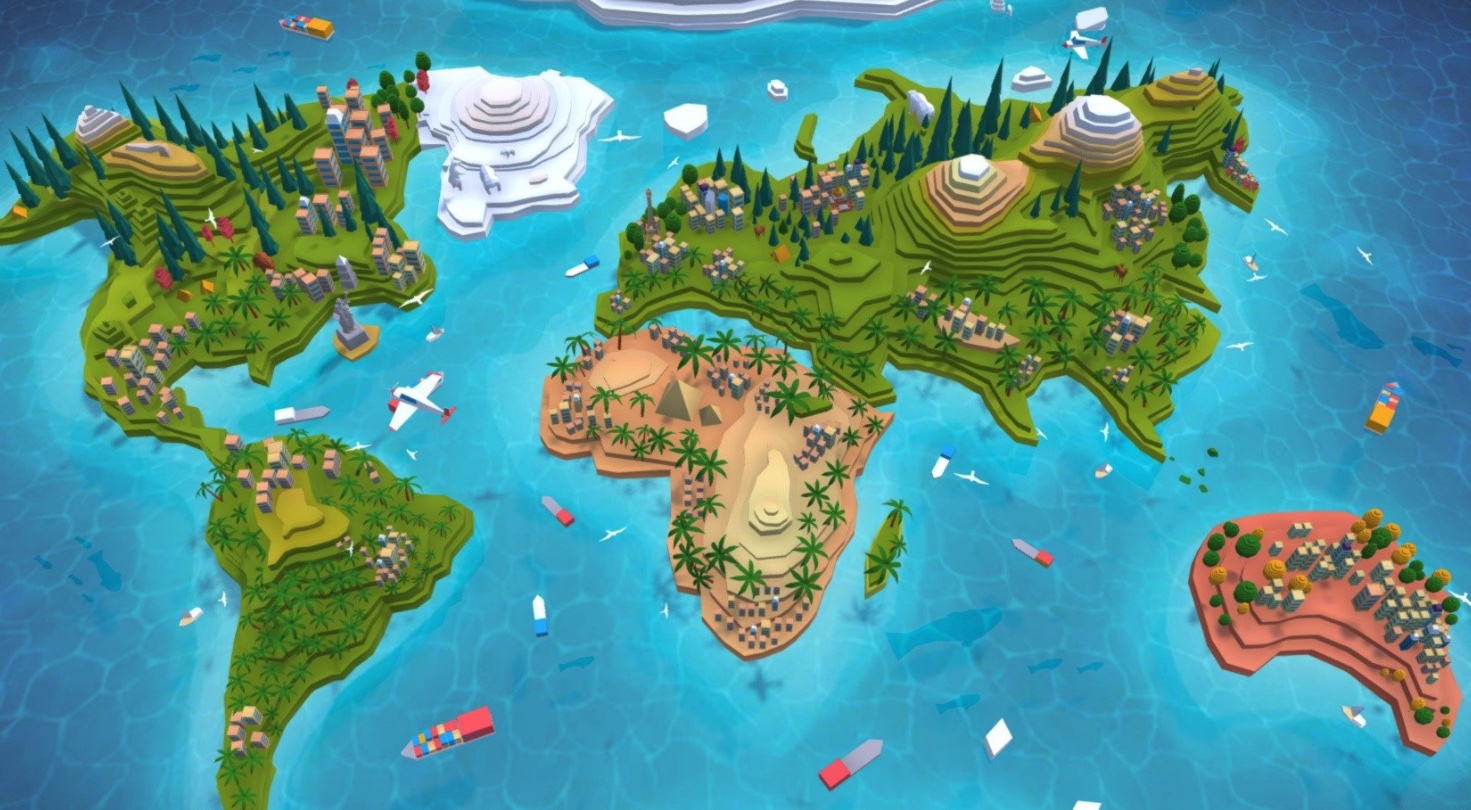Following our previous discussion on gaming cartography in 《Will "Black Myth: Wukong" Phenomenon Usher in a New GIS Era?》, this article explores game level design as a potential career path for GIS specialists.

What is Game Level Design?
Game level designers function as virtual world architects, responsible for:
- Creating game environments and levels using Unity/Unreal Engine
- Implementing terrain, lighting, and spatial layouts
- Translating artistic concepts into playable spaces
Core Responsibilities
- Scene Construction: Build 3D environments based on design specifications
- Asset Management: Organize and integrate game assets
- Level Design: Develop gameplay mechanics and player pathways
- Atmosphere Creation: Design lighting and environmental storytelling
Required Skills
- Artistic Foundation: Strong sense of composition and color theory
Technical Proficiency:
- Game Engines: Unity, Unreal Engine
- 3D Modeling: Blender, Maya, 3ds Max
- Creative Problem-Solving: Ability to create detailed game assets
- Collaboration: Cross-functional teamwork with developers and artists
Compensation Analysis
Data from Kanzhun.com (Chinese market):
| Level | Monthly Salary (CNY) |
|-------|----------------------|
| Entry | 3,000 - 6,000 |
| Mid-level | 8,000 - 13,000 |
| Senior | 15,000+ |
Comparative reference: GIS Industry Salary Survey
GIS Skill Transferability
Game design and GIS share significant technical overlap:
Geospatial Data Processing:
- Converting real-world terrain data to game environments
- Applying coordinate transformation techniques
3D Modeling:
- Leveraging GIS modeling tools for game asset creation
- Importing DEM data into game engines
Spatial Analysis:
- Optimizing player navigation paths
- Analyzing gameplay flow through spatial metrics
Hybrid Environments:
- Integrating real-world geography with fictional elements
Career Outlook
Advantages
- Growing demand with gaming industry expansion
- Opportunities in AAA game development
- Career progression to technical artist roles
- Freelance/contract work availability
Challenges
- High-pressure deadlines and overtime requirements
- Repetitive asset placement tasks
- Rapid technology obsolescence (engine updates)
- Limited public sector opportunities
- Narrower promotion paths in some studios
Conclusion
Game level design offers a viable career alternative for GIS professionals with artistic aptitude and gaming passion. While presenting creative opportunities, candidates should weigh industry challenges against traditional GIS career paths.
Note: Part-time/contract opportunities provide low-risk entry points for exploration.
